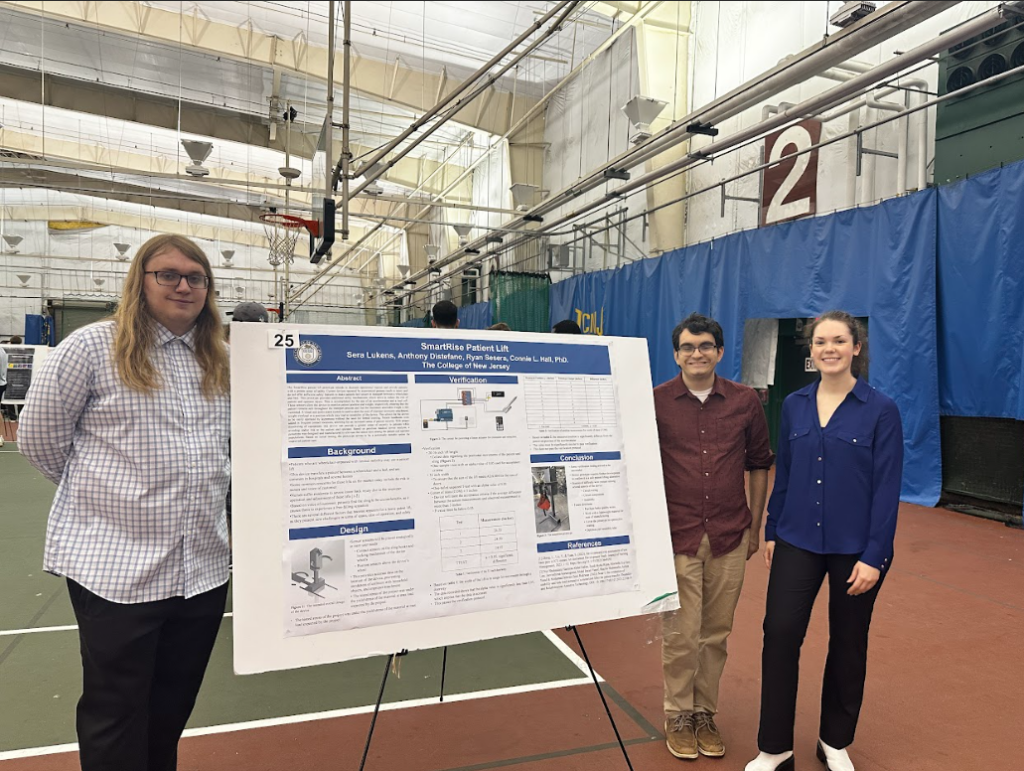Hi everyone! In the past week, our group presented the interim designs before the Biomedical Engineering faculty. In the presentation, our group went over the requirements of the device, three different design sketches, and decision matrices regarding the frame design, power source methods, and the remote control for the device. The designs presented, which can be found in the initial design page, consist of two different frame ideas. In the first design, the device is rectangular in shape with a folding seat that would be able to fit within the standard wheelchair seat width and slide under and also out from under the patient. The biggest criticism from the faculty about this design was that it appeared to be unbalanced. For the second and third designs, the base of the device consists of an “H” shaped frame with a pole of sorts that sticks up from its center. On both designs, the patient will be lifted using a sling, but the attachment style for each design is different. Within the decision matrices, it was decided that the H frame style was the better choice. It was also decided that the power source would consist of a wall plug and a battery. For the remote control for the device, it was decided that a wireless remote would be more beneficial than a wired one.
For the next step in the design process, our group is making improvements to the interim design presentation for the presentation before the Mechanical Engineering faculty. Our group is also planning on meeting with Dr. Lebo of the nursing department this coming Wednesday, November 9th, 2023, to discuss the possibility of utilizing their dummies to test our device in the future as well as the possibility of receiving feedback from the nursing staff.
The group is also currently looking into potential options for the lifting mechanism as well as ways the lifting can be accomplished without use of an electrical power source in the event of power source failure. In addition, the stress/strain analysis for the structure is currently being done in ANSYS.
We hope to keep the updates coming as we make our decisions regarding what has been mentioned above, sensors, microcontrollers, sling designs, and wheels.
Lindsay
